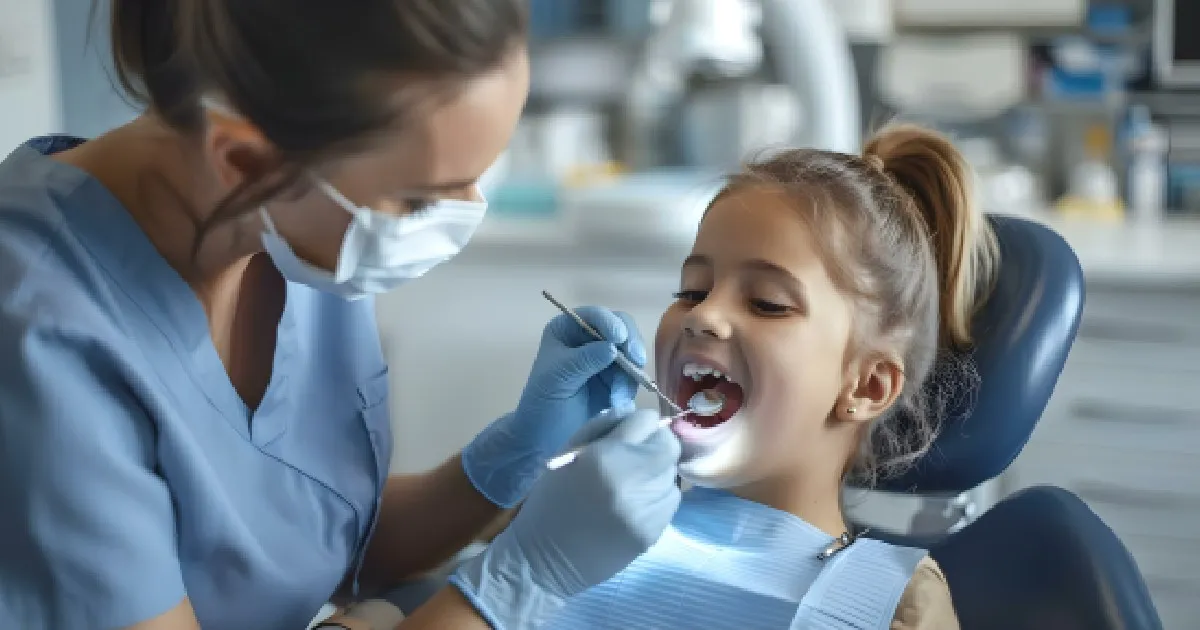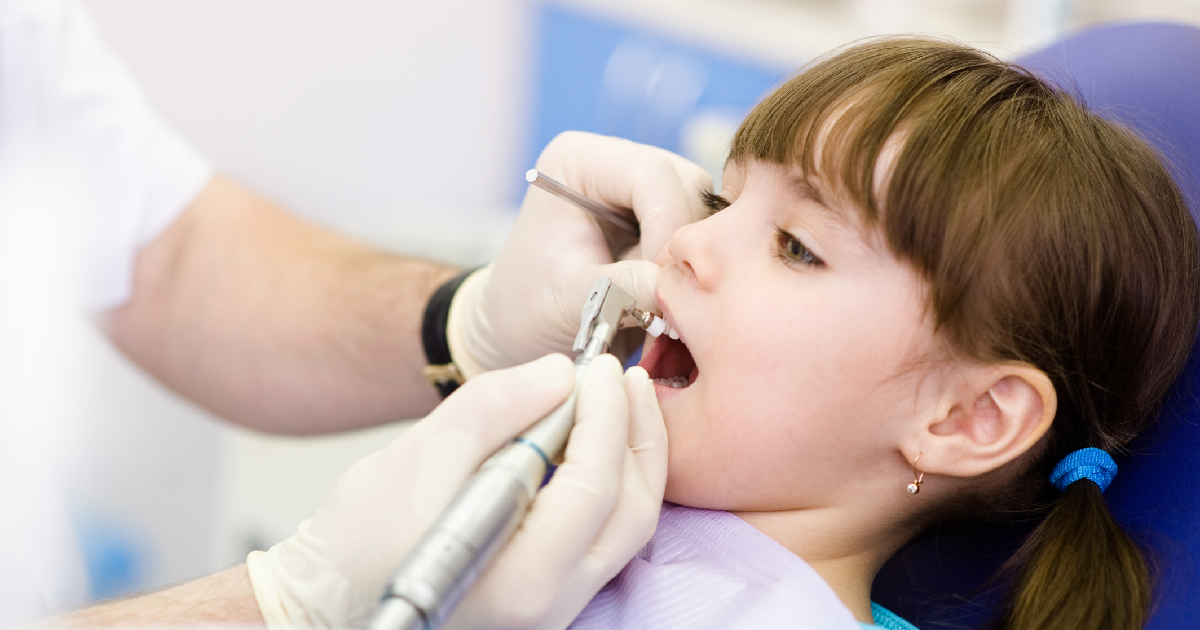Table of Contents
A dental crown is a tooth-shaped cap that covers and protects a child’s damaged or decayed tooth. While getting a crown, a standard dental procedure for oral health for kids, can be an essential step in maintaining a child’s oral health, parents often wonder how long the recovery process will take. Knowing what to expect can help families prepare and ensure a smooth transition. By understanding the steps involved in dental crowns for kids and the expected timeline, parents can feel more informed and confident in supporting their children throughout the process. Whether it’s the initial procedure or the long-term care of the crown, this information will help ensure a successful outcome for the child’s dental health.
Procedure for Placing a Dental Crown on a Child
Placing a dental crown on a child’s tooth is a multi-step process. First, the pediatric dentist will need to prepare the tooth by removing a small amount of the outer enamel. This ensures the crown fits appropriately and securely over the existing tooth structure. The dentist will then take measurements and impressions of the tooth, which will be used to fabricate the custom crown.
Once the crown is ready, the dentist will numb the area and carefully fit the crown over the tooth. A special dental cement is used to adhere the crown in place, creating a strong, durable bond. The dentist may make minor adjustments to the fit and alignment of the crown to ensure a comfortable and natural-looking result.
While the child may experience some discomfort during the procedure from the numbing injection or the pressure of fitting the crown, the dentist will work to minimize any pain or anxiety. Proper anesthesia and a gentle, patient-focused approach help make the process as smooth and comfortable as possible for the young patient.
Post-Procedure Care for Kids with Dental Crowns
By following these guidelines and communicating any persistent issues to the pediatric dentist, families can help ensure the child’s smooth and uneventful initial recovery period.
Typical Timeline for Pain and Sensitivity:
- Children may experience some discomfort, pain, or sensitivity in the hours and days immediately following the dental crown procedure.
- This is usually most pronounced on the same day as the procedure and gradually improves over the next 2-3 days.
Managing Discomfort:
- Over-the-counter pain medication, such as acetaminophen or ibuprofen, can help alleviate any residual discomfort.
- Sticking to soft, cool foods and avoiding overly hot or crunchy items can also minimize irritation to the treated area.
Oral Hygiene Considerations:
- Children need to continue brushing and flossing regularly but with extra care around the crowned tooth.
- The dentist may recommend using a soft-bristled toothbrush and avoiding vigorous brushing near the crown.
- Gentle rinsing with a warm saltwater solution can also help soothe the area.
Adjusting to the New Dental Crown
Once the initial recovery period has passed, children will need to get accustomed to the feel and function of their new dental crown. This adjustment period can take some time, but with patience and proper care, the child should be able to adapt well.
Eating and Speaking Habits:
- The shape and texture of the crown may feel different compared to a natural tooth, which can impact how the child eats and speaks.
- Softer, easier-to-chew foods are recommended at first, gradually transitioning back to the child’s regular diet as they get used to the crown.
- Some children may notice a slight change in their speech, but this typically improves as they become more comfortable with the crown.
Additional Adjustments:
- The pediatric dentist may need to modify the crown during follow-up appointments to ensure a proper fit and comfortable bite.
- This could involve reshaping or polishing the crown to address any persistent discomfort or sensitivity.
- Open communication between the family and the dentist is critical to identifying and addressing any issues that arise during this adjustment phase.
Long-Term Expectations
When it comes to the long-term expectations for a child’s dental crown, there are a few key factors to consider:
Durability and Lifespan:
- A well-placed and adequately cared-for dental crown can last for many years, often until the child’s permanent tooth erupts and replaces the crowned tooth.
- Proper oral hygiene, a balanced diet, and regular dental checkups all contribute to the longevity of a child’s dental crown.
Ongoing Dental Care:
- Even with a crown in place, children must continue to receive regular dental cleanings and checkups.
- The dentist will monitor the crown’s condition and ensure the child’s oral health remains on track.
- Depending on the child’s growth and development, the crown may need to be replaced or adjusted over time.
Future Dental Work:
- As the child grows, there may come a time when the crowned tooth needs to be extracted and replaced, either with a permanent restoration or a space maintainer.
- The pediatric dentist will work closely with the family to determine the appropriate next steps as the child’s dental needs evolve.
By understanding the long-term care and potential future considerations for a child’s
Takeaway
If your child needs a pediatric dental procedure like a dental crown, the team at Solomon Kids Dentistry is here to guide you through every step of the process. Our experienced pediatric dentists understand the unique needs of growing smiles and are committed to providing gentle, compassionate care.
Contact Solomon Kids Dentistry today to schedule a consultation and learn more about the recovery timeline and long-term care for your child’s dental crown. With our expertise and your dedication to their oral health, we can ensure a smooth, successful outcome and set your child up for a lifetime of happy, healthy smiles.
Take the first step towards protecting your child’s teeth – reach out to Solomon Kids Dentistry now.





